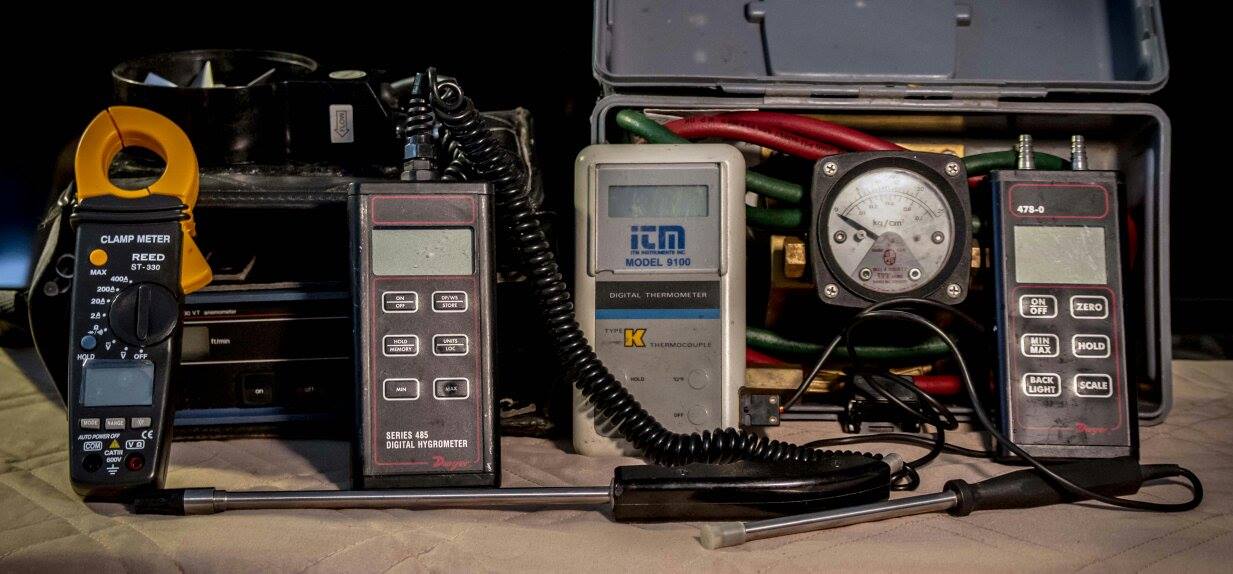Aggregates and Water

Aggregates and water speaks to what are aggregates, why are aggregates used and explain aggregates.
These are other necessary materials required to manufacture concrete. Aggregates in fact make up approximately three quarters the volume of concrete and the strength of concrete is largely based on the quality of the aggregates.
For aggregates to be of top quality they must be strong, clean, resistant to low temperatures, resistant to freeze and thaw degradation, have stable chemical composition and be properly graded for size. If an aggregate is dirty (dust and mud) the cement paste will become contaminated with inert particles which will weaken it. If it contains other material such as chemicals in sea salt or undesired organic materials it may result in corrosion of the reinforcing steel, poor or inadequate curing and a weak concrete.
There exist
ASTM laboratory test procedures that are used to grade the quality of the
aggregates used. These are the industry standards in this field.
The size of aggregate particles is a concern because a range of sizes should be included and correctly proportioned in each batch of concrete mix to achieve the desired close packing of the particles. Sieves which pass different sizes of particles are used to size and grade the aggregate as different size aggregate is needed whether manufacturing a flower pot, reinforced concrete column for a building or concrete used for a dam construction.
For special types of concrete, lightweight aggregates are used instead of sand and crushed stone while structural lightweight aggregates are made from shale. The shale is crushed to the correct particle size and heated in a kiln until the sale becomes as consistent as plastic as the water is steamed off. This is known as an expanded shale aggregate with a density about 20 percent less than that of normal concrete while maintaining the strength of normal concrete.
This lightweight concrete is used on roofs and upper stories to help decrease building load.
However there are concerns with the aggregates and water used today in the manufacture of quality concrete.
It is more difficult to find concrete quality water in many developing countries and it is considered that concrete that use less water by making use of superplasticizers, air entrainment and fly ash may be used instead.
Waste materials such as crushed, recycled glass, used foundry sand, crushed , recycled concrete may be substituted for some normal aggregates.
On rare occasion it has been found that concrete has been found to be a source of radon gas but it is not usual that concrete has an effect on lessening indoor air quality.
In many areas of the world it is more difficult to procure high quality aggregates but there are still much sand and crushed stone available.
Return from Aggregates and Water to Home Page
Return from Aggregates and Water to Explain Concrete
Hard copy and E book for sale. Introduction to Building Mechanical Systems. Click here.